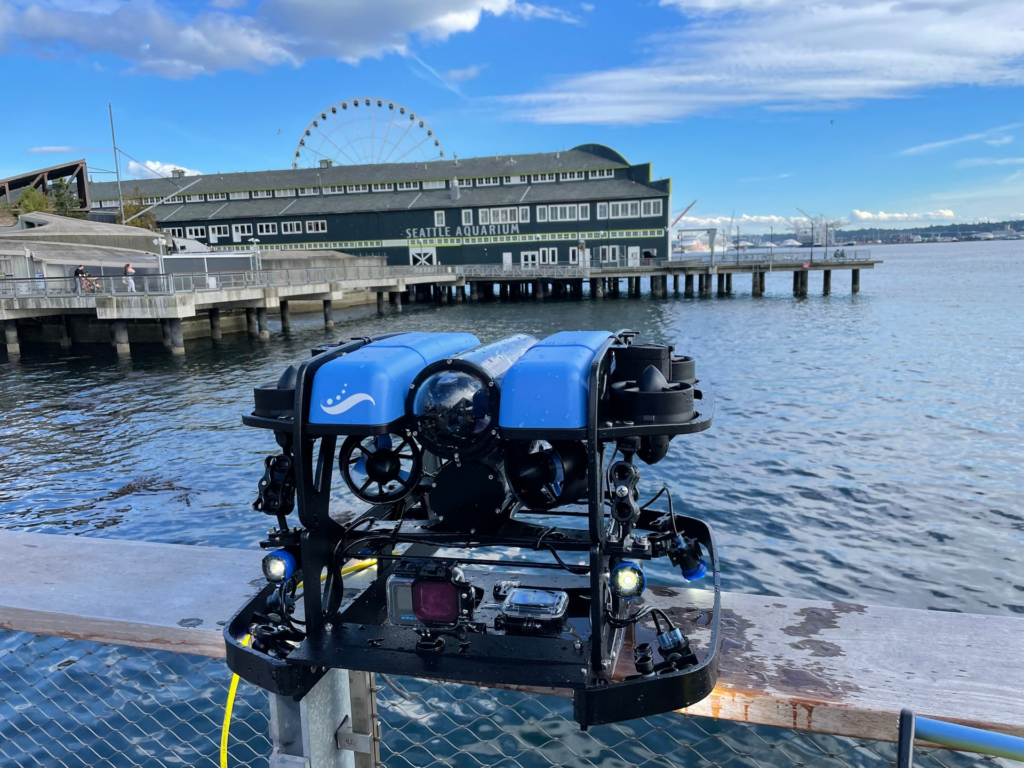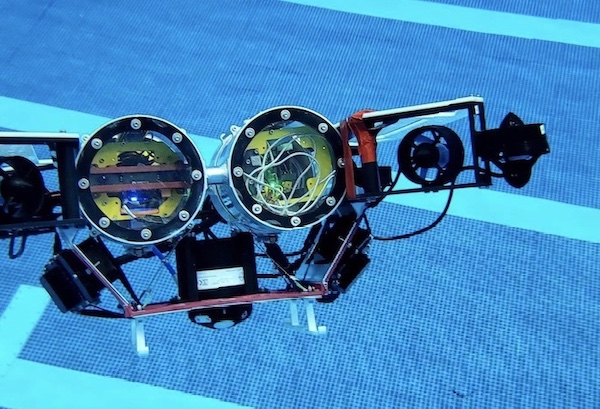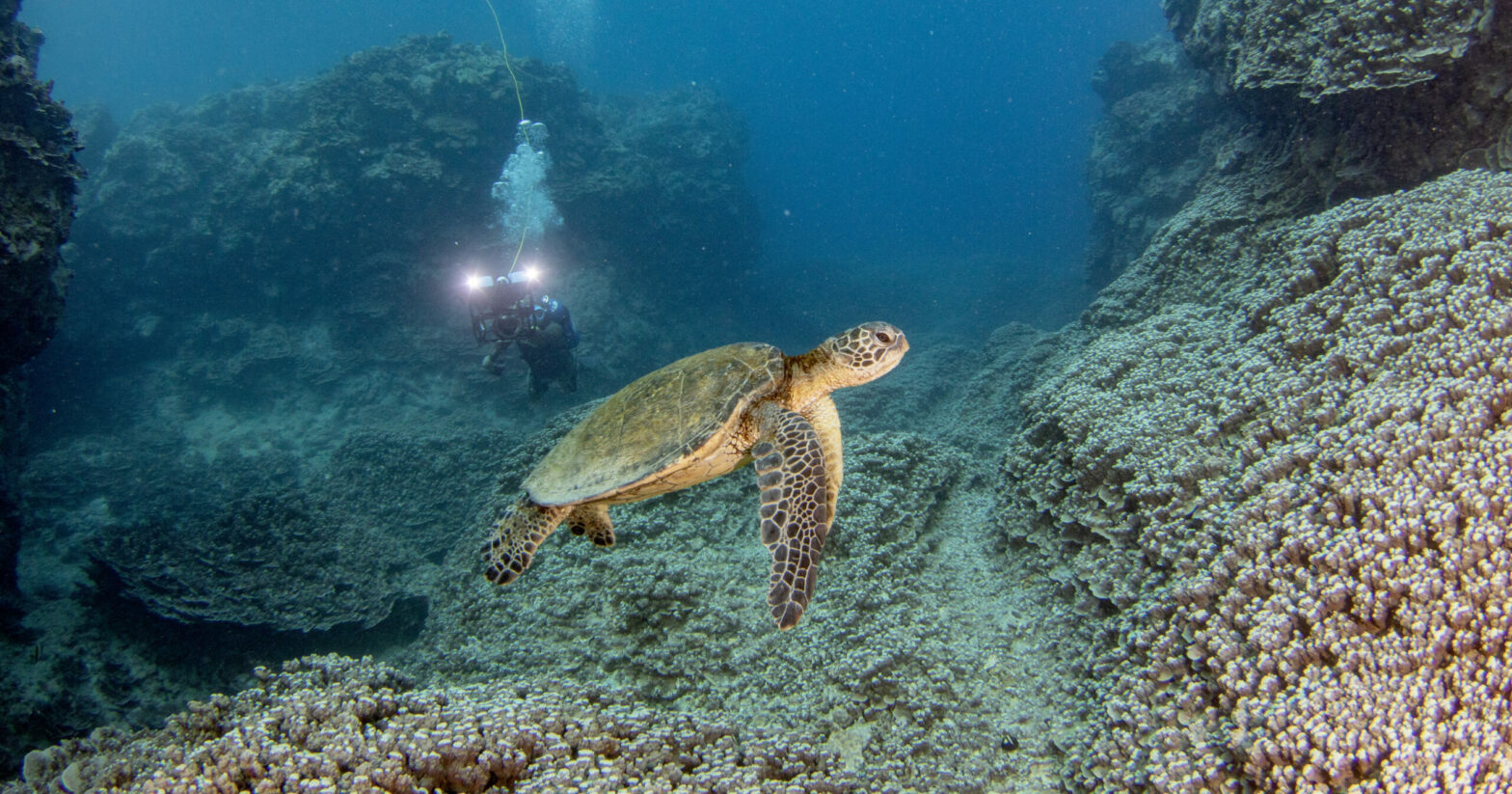Today, we embark on a journey into the realm of the blue economy—a concept that holds the promise of sustainable development and responsible resource utilization within our vast oceans and coastal areas. Let’s navigate through the depths of this topic and shed light on the immense potential it holds for our planet’s future.
The blue economy encompasses all economic activities that are directly or indirectly linked to the oceans, seas, and coasts. Often defined as the “sustainable use of ocean resources for economic growth, improved livelihoods, and jobs,” it aims to harmonize economic growth with environmental preservation through sustainable practices. This concept recognizes that the oceans, which cover 71% of the Earth’s surface, possess untapped potential for various sectors.
So why is the blue economy so important? Water is everywhere – it is the ultimate connector of all life on earth and everything depends on it. We live on a blue planet and we must utilize the oceans in a sustainable way for the overall good of the world.
Blue Technology’s Role in the Blue Economy
Blue technology plays a crucial role in the development and sustainability of the blue economy. Blue tech refers to the application of innovative and sustainable practices in the maritime and ocean sectors to address environmental challenges and promote economic development. It encompasses a wide range of technologies, strategies, and solutions aimed at harnessing the potential of the ocean in a sustainable manner.
The adoption of blue tech aims to promote the responsible use of ocean resources, reduce the negative impact on marine ecosystems, and foster economic growth through the development of new industries and job opportunities related to the blue economy.
Blue technology and the blue economy focus on the key areas below.
Ocean Monitoring and Conservation
Blue tech is used for monitoring and preserving the health of marine ecosystems. It involves the use of sensors, satellites, and monitoring systems to track water quality, detect pollution, study marine biodiversity, and implement effective conservation measures. Innovations include oil spill detection systems, marine debris collection devices, and water treatment technologies, which aid in reducing pollution and maintaining the cleanliness of coastal areas. There are ROVs being used to monitor and clean seabeds, study kelp forests, and protect mussel reefs.

BlueROV2 being used by the Seattle Aquarium to conduct benthic surveys
Sustainable Fisheries and Aquaculture
Fisheries provide sustenance, employment, and economic growth. However, overfishing and destructive practices have threatened marine ecosystems and depleted fish stocks. To mitigate these challenges, sustainable fishing practices must be embraced, like the implementation of catch limits, the protection of marine habitats, and the promotion of responsible aquaculture.
Blue technology involves the development of innovative techniques for fish farming, shellfish cultivation, and the sustainable harvest of marine resources to ensure the long-term health and productivity of marine ecosystems.
Blue tech even enables seaweed farming, which can be an alternative to terrestrial farming with loaded benefits for the sea, so it is viewed as both aquaculture and ocean conservation. Seaweed is rich in nutrients and proteins when consumed, but it also works to sequester carbon dioxide and use it to grow, which can help combat ocean acidification. Kelp also absorbs nitrogen and phosphorus, which are the nutrients that tend to cause dead zones in the ocean. ROVs can be used to install helical anchors into the seabed and then monitor the kelp that grows on the lines.

Seaweed on a line ready for harvest
Ocean Exploration
Blue technology includes the use of remotely operated vehicles (ROVs), unmanned underwater vehicles (UUVs), unmanned surface vehicles (USVs), and advanced sensors to map the seafloor, study marine life, locate wrecks, and collect valuable data for scientific research. It allows us to explore the ocean without actually being in the ocean.
Exploration leads to knowledge – it helps us understand what is going on in the waters below us to discover new ideas and solutions to problems we might not originally know exist. Did we mention that it’s also just fun to explore the seas?!

BlueROV2 exploring the Great Barrier Reef using Teleportal
Renewable Energy from the Seas
The vast expanse of the ocean holds great potential for harnessing renewable energy. The power of wind, waves, tides, and thermal gradients can be used to generate clean and sustainable energy. Offshore wind farms, tidal and wave energy converters, and ocean thermal energy conversion systems are some examples of technologies that can tap into this vast energy reservoir while reducing our dependence on fossil fuels.
Blue technology includes the development and utilization of various forms of renewable energy from the ocean, such as tidal, wave, and offshore wind energy. These technologies aim to reduce dependence on fossil fuels and mitigate climate change, as well as ensure that oil and gas companies are operating responsibly.
Responsible Tourism
Coastal and marine tourism offers opportunities for economic growth and local development, but it must be approached with a strong commitment to conservation. Sustainable tourism practices include minimizing carbon emissions from transportation, protecting sensitive coastal ecosystems, and promoting awareness among tourists about marine conservation. By embracing ecotourism, we can create a positive impact on local communities while preserving the beauty of our oceans.

Research and ecotourism hydrographic vessel by Europarques
Transportation, Infrastructure, and Trade
Maritime transport is the backbone of global trade, carrying approximately 80% of the world’s goods. As we strive to reduce greenhouse gas emissions, adopting cleaner and more energy-efficient maritime transport technologies becomes imperative. The blue economy encourages the development and utilization of low-carbon shipping technologies, such as improved vessel designs, alternative fuels, and optimization of routes to reduce fuel consumption and emissions.
Blue technology also encompasses innovative solutions for improving the efficiency, safety, and sustainability of maritime transportation and infrastructure. This includes the development of eco-friendly ship designs, propulsion systems, and low-impact maintenance solutions to reduce emissions and enhance the overall environmental performance of the maritime industry.
Biotechnology and Pharmaceuticals
The oceans host an incredible array of biodiversity, with countless marine organisms yet to be explored. Marine biotechnology holds immense promise for discovering new drugs, therapies, and materials. From coral reefs to deep-sea vents, these ecosystems offer a treasure trove of bioactive compounds that can revolutionize medicine and industry. The blue economy fosters responsible bioprospecting, ensuring that exploitation is balanced with preservation to protect the delicate marine ecosystems.
Blue tech leverages the unique properties of marine organisms and their genetic resources for various applications. This includes the development of pharmaceuticals, nutraceuticals, biomaterials, and other valuable products derived from marine organisms.
STEM and Workforce Development
A successful blue economy relies on our youth – the future of the industry. We must educate students about the ocean and its endless possibilities, but also that the earth’s resources are finite and the importance of protecting them. It’s also not enough to simply raise awareness, we must equip the future with affordable and accessible tools to continue exploring and protecting our oceans.
Competitions like the MATE ROV Competition, RoboSub, RoboBoat, and more help students get familiarized with blue technology by giving them hands-on experience, exposure to underwater environments, STEM education, industry connections, and career exploration. Competitions like this expose students to the potential of the underwater world that they may not have previously been aware of.

Vehicle by Ohio State University Underwater Robotics Team
The Future of the Blue Economy
The blue economy represents a paradigm shift in our approach to oceans and coasts. It calls for a transformation from unsustainable practices to a more holistic and responsible utilization of marine resources. By embracing sustainable practices, we can pave the way for a prosperous and resilient future. The blue economy is not just an economic endeavor; it’s a moral obligation to protect and restore the health of our oceans. It requires collaboration among governments, industries, and communities to strike a balance between economic growth and ecological stewardship.
Organizations like COVE and AltaSea are working to connect those focused on ocean exploration, science, business, and education in an effort to promote the blue economy. They encourage collaborations to develop new blue technologies. Mission Blue, an organization founded by Sylvia Earle, has even created a global conservation campaign to oversee Hope Spots, which are areas in the ocean that are ecologically important and possess significant potential for recovery and restoration. Hope Spots can include coral reefs, seagrass beds, mangrove forests, or other marine habitats that are under threat from factors such as pollution, overfishing, climate change, and habitat destruction. Through organizations and efforts like these, we can work to protect our oceans while still utilizing its resources.
Let us embark on this voyage together and chart a course towards a sustainable and prosperous blue economy, where the wealth of our oceans can be enjoyed by future generations.
To explore more ways blue technology can be utilized, check out our zine!

